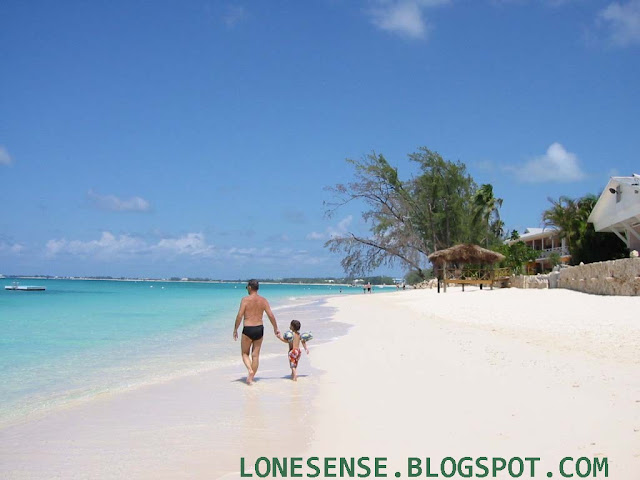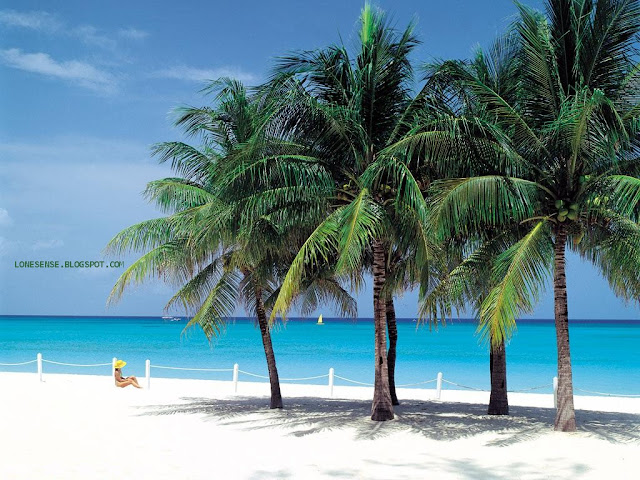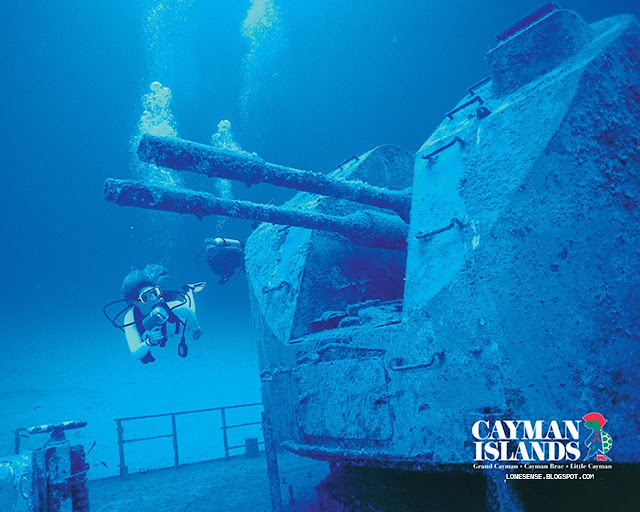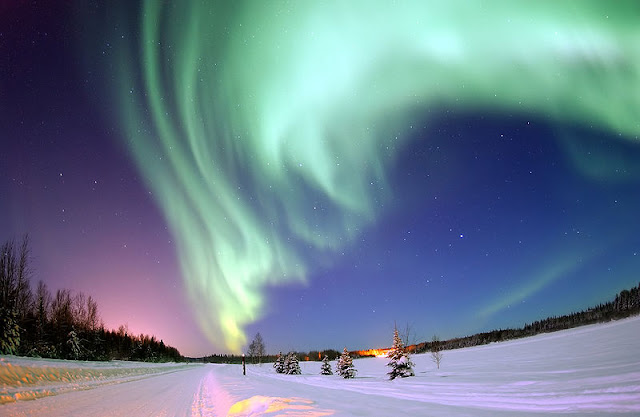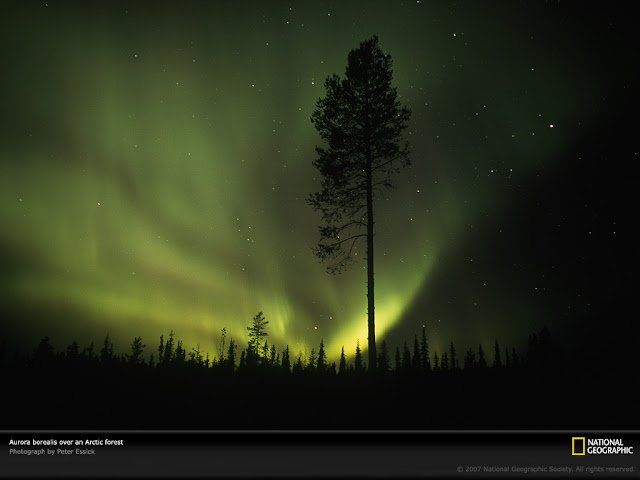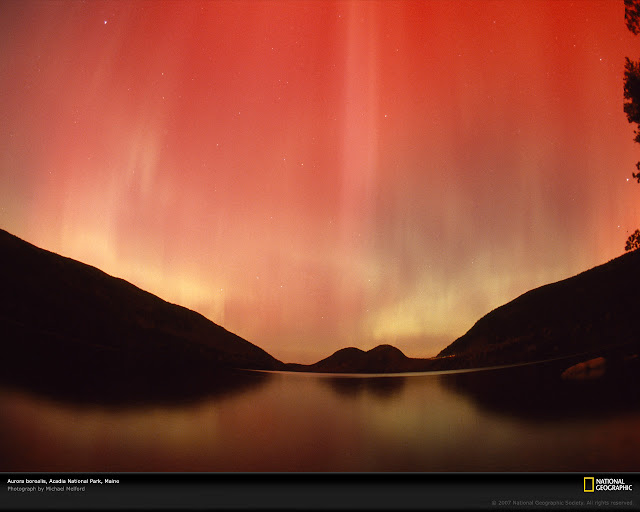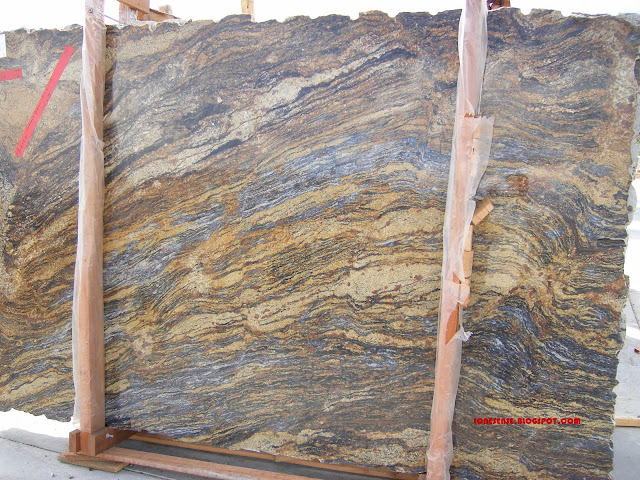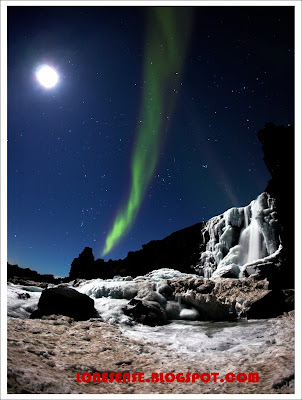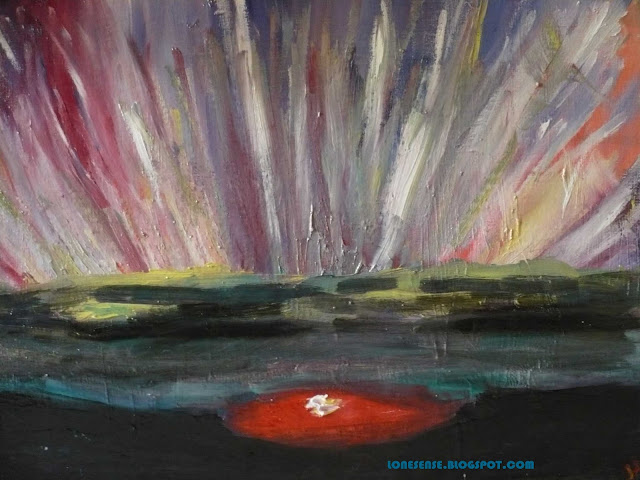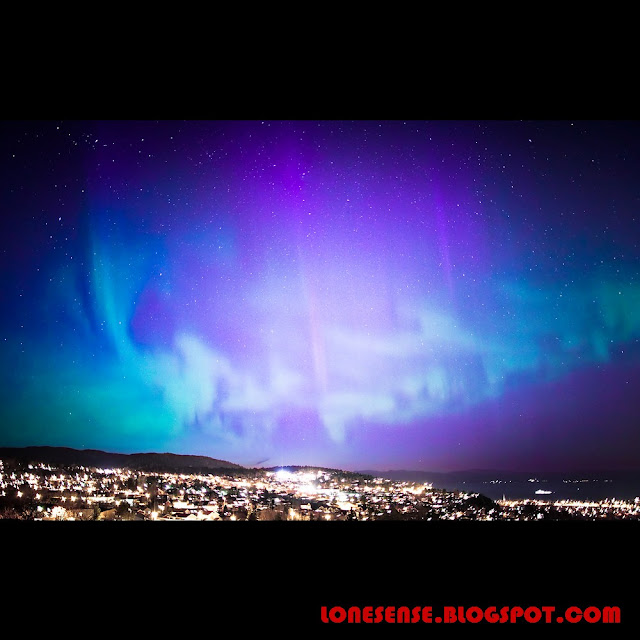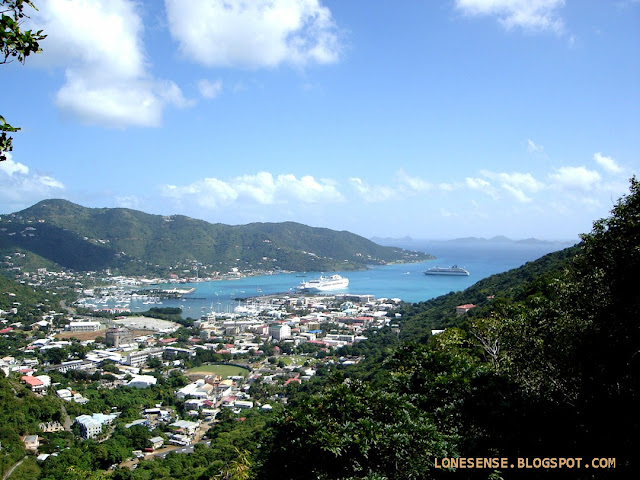
The Cayman Islands (pronounced /ˈkeɪmæn/ or /ˈkeɪmən/) is a British Overseas Territory located in the western Caribbean Sea. The territory comprises the 3 islands of Grand Cayman,Cayman Brac, and Little Cayman, located south of Cuba and northwest of Jamaica. It is considered a part of the geographic Western Caribbean Zone. The territory is a major world offshore financial centre.
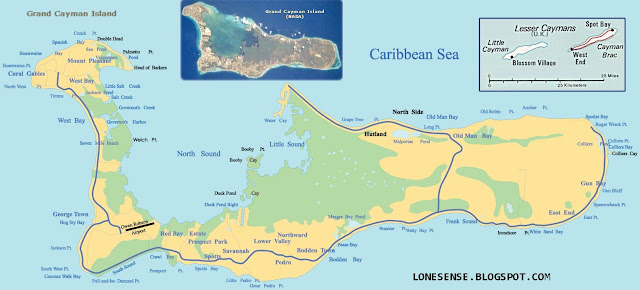
Climate
The Cayman Islands have a tropical marine climate, with a wet season of warm, rainy summers (May to October) and a dry season of relatively cool winters (November to April). Terrain is mostly a low-lying limestone base surrounded by coral reefs.
A major natural hazard is the tropical cyclones that form during the Atlantic hurricane season from July to November.
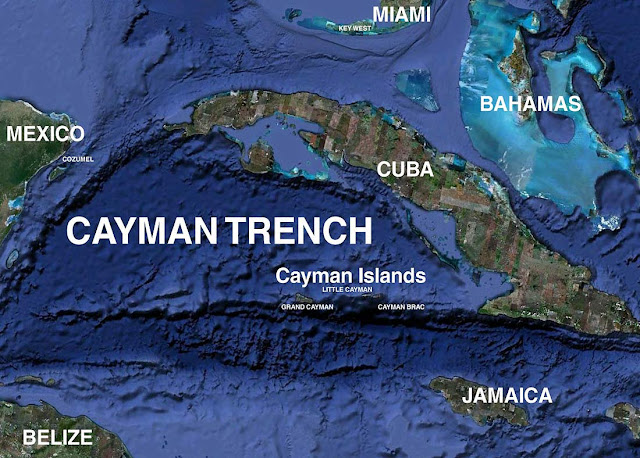

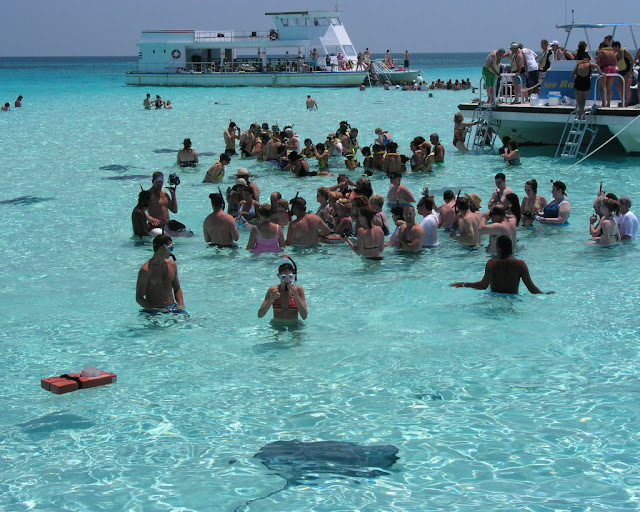
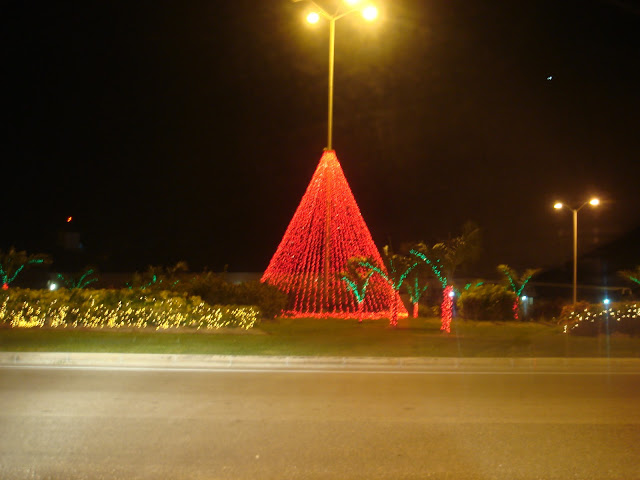
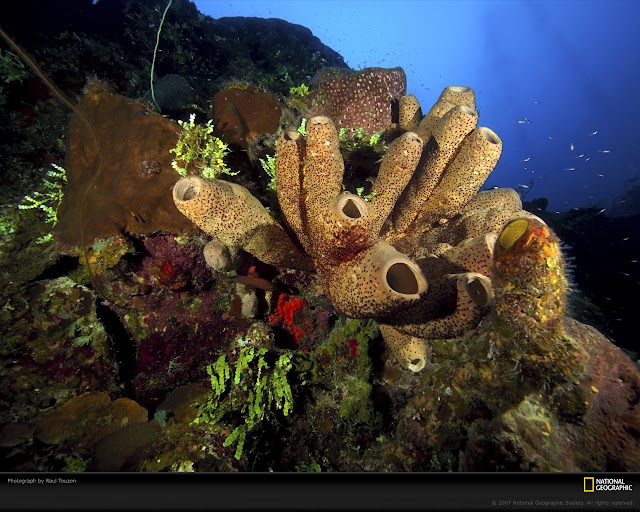
The Cayman Islands were sighted by Christopher Columbus, on 10 May 1503 on his fourth and final voyage to the New World. He named the islands Las Tortugas after the numerous sea turtles there. The first recorded English visitor to the islands was Sir Francis Drake, who landed there in 1586 and named them the Cayman Islands after caiman, the Neo-Taino nations' term for alligator.



The Cayman Islands are located in the western Caribbean Sea and are the peaks of a massive underwater ridge, known as the Cayman Ridge, standing 8,000 feet (2,400 m) from the sea floor, which barely exceeds the surface. The islands lie in the northwest of the Caribbean Sea, south of Cuba and west of Jamaica. They are situated about 400 miles (650 km) south of Miami, 180 miles (300 km) south of Cuba, and 195 miles (315 km) northwest of Jamaica. Grand Cayman is by far the biggest, with an area of 76 square miles (197 km²). The two "Sister Islands" of Cayman Brac and Little Cayman are located about 80 miles (130 km) east of Grand Cayman and have areas of 14 square miles (36 km²) and 10 square miles (25.9 km²) respectively.
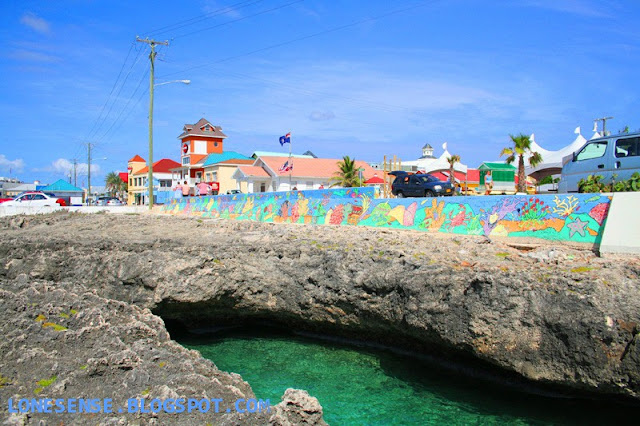

All three islands were formed by large coral heads covering submerged ice age peaks of western extensions of the Cuban Sierra Maestra range and are mostly flat. One notable exception to this isThe Bluff on Cayman Brac's eastern part, which rises to 140 feet (42.6 m) above sea level, the highest point on the island.

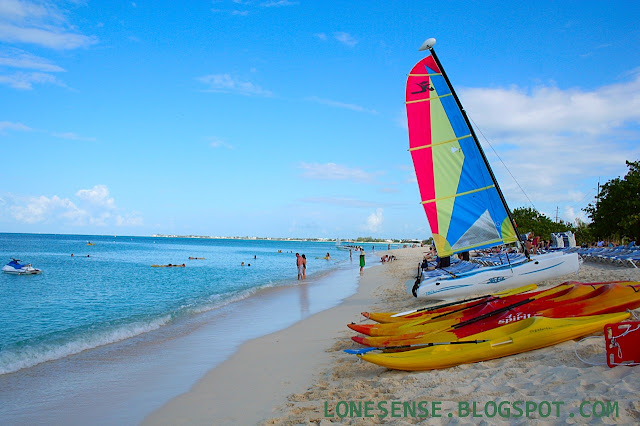 |
| Seven Mile Beach |
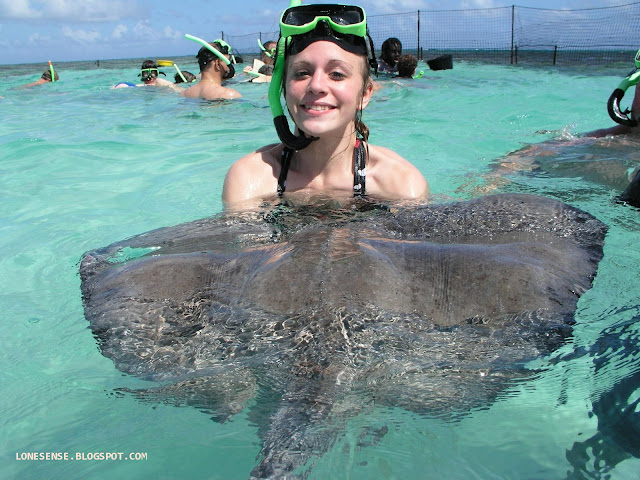
 |
| Stingrays are the greatest tourist attraction |


The Cayman Islands are a major international financial centre. The biggest sectors are "banking, hedge fund formation and investment, structured finance and securitization, captive insurance, and general corporate activities." Regulation and supervision of the financial services industry is the responsibility of the Cayman Islands Monetary Authority (CIMA).
The Cayman Islands are the fifth-largest banking centre in the world, with $1.5 trillion in banking liabilities.
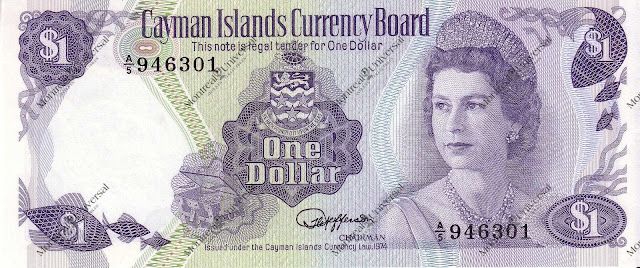



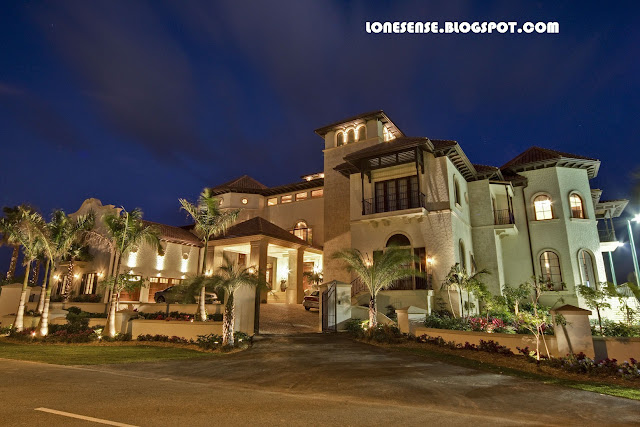



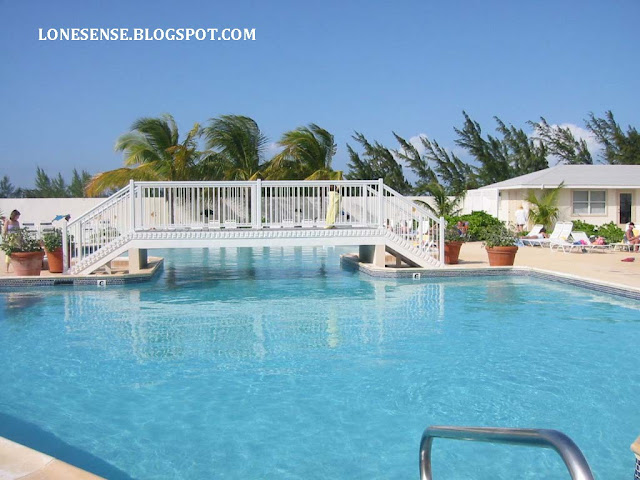
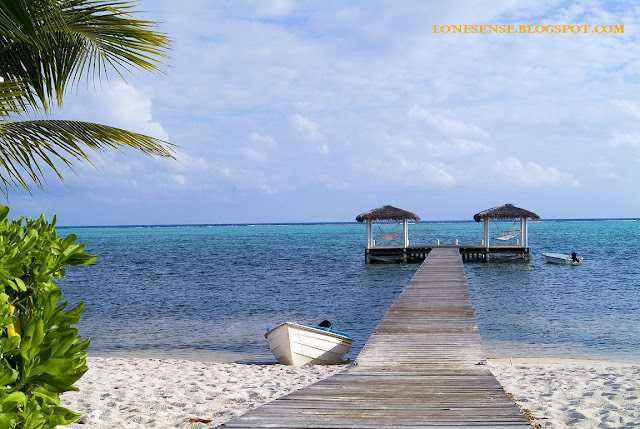

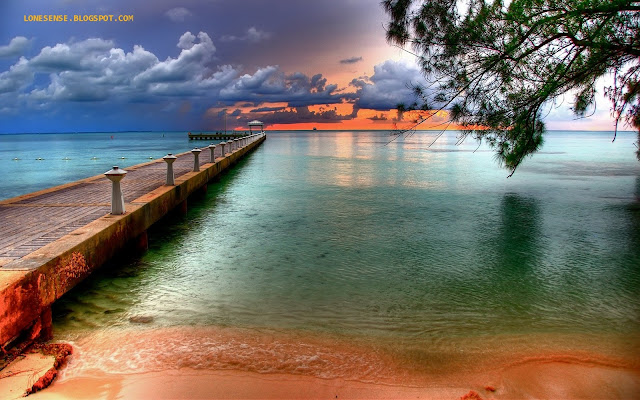

Ports, shipping and lighthouses
Ports and harbours: Cayman Brac, George Town Merchant marine: total: 123 ships (1,000 GRT or over) totaling 2,402,058 GRT/3,792,094 metric tons deadweight (DWT) ships by type: bulk 22, cargo 5, chemical tanker 31, container 2, liquefied gas 1, petroleum tanker 21, refrigerated cargo 35, roll on/roll off 5, specialized tanker 1 note: some foreign ships register in the Cayman Islands as a flag of convenience; includes ships from 11 countries among which are: Greece 15, US 5, UK 5, Cyprus 2, Denmark 2, Norway 3 (2002 est.)
The East End Light (sometimes called Gorling Bluff Light) is a lighthouse located at the east end of Grand Cayman island in the Cayman Islands. The lighthouse is the centerpiece of East End Lighthouse Park, managed by the National Trust for the Cayman Islands; the first navigational aid on the site was the first lighthouse in the Cayman Islands.
Air transport
There are three airports in the Cayman Islands, one for each island.
George Town, as well as the rest of Grand Cayman, is served by nearby Owen Roberts International Airport. Cayman Brac, is served by Gerrard Smith International Airport and Little Cayman is served by Edward Bodden Airfield.
Cayman Airways is the national flag carrier of the Cayman Islands. With its head office in Grand Cayman, it operates mainly as an international and domestic scheduled passenger carrier, with cargo services available on all routes and a limited charter service offered. Its operations are based at Owen Roberts International Airport, Grand Cayman.
Island Air is a small airline in the Cayman Islands providing services between Grand Cayman, Cayman Brac, and Little Cayman.


